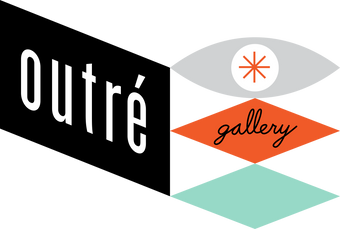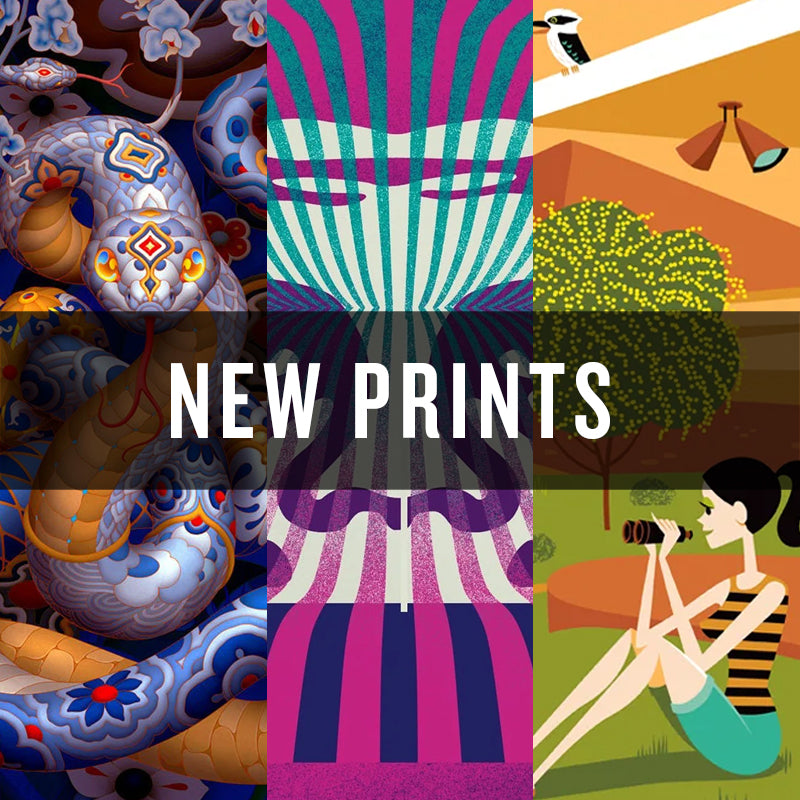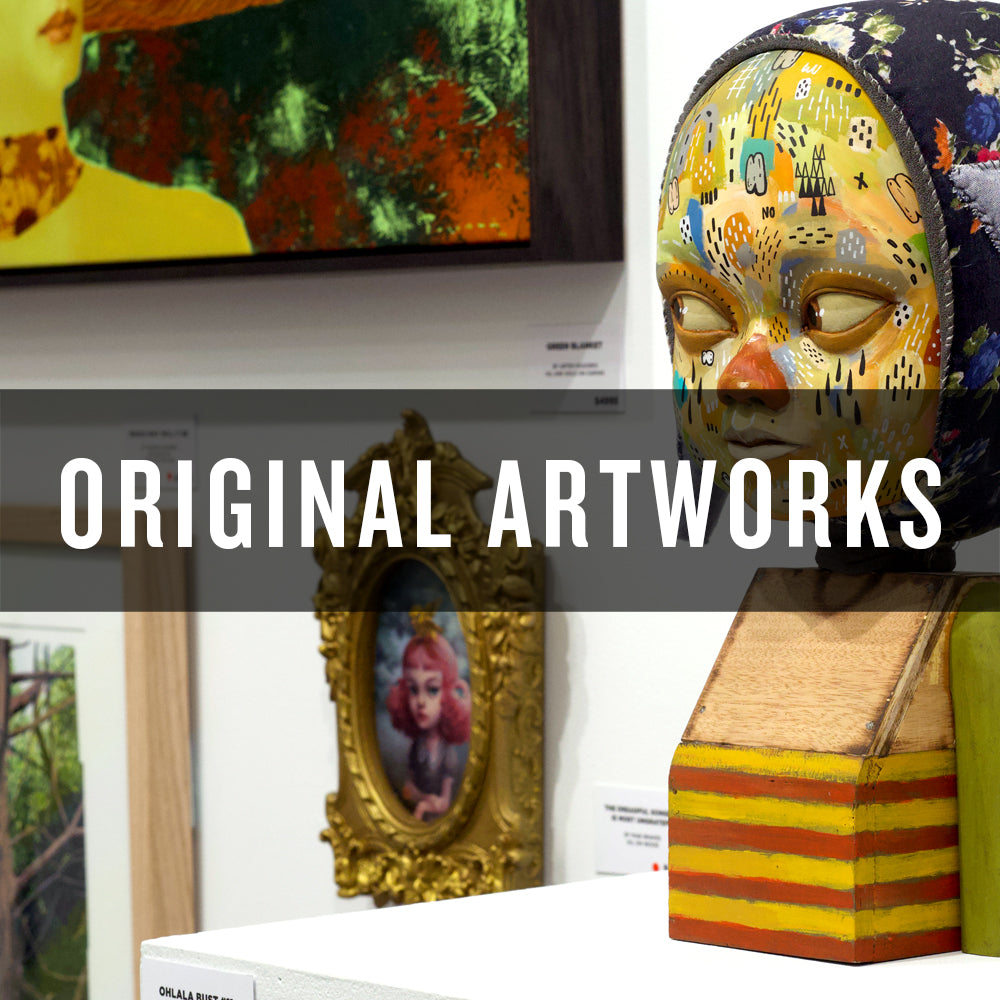
Bren Luke was born and raised in Ballarat, Victoria. He studied Fine Art at Ballarat University, majoring in painting and printmaking, and graduated in 1997 with a Bachelor of Fine Arts. For the past decade or so, Bren's work has been focused on traditional drawing techniques primarily using pen and ink. His detailed cross-hatching style was born from an interest in the 16th century engravings of Albrecht Durer and by studying the vast and varied work of underground comic book artists and illustrators.
Interview by Joseph Estorninho. Photos supplied by Bren Luke.
The show looks amazing Bren, you must be very proud! What can people expect to see?
Thank you! I am feeling proud about the collection of drawings and really excited to be exhibiting again at Outré. People can expect to see around 20 pen and ink drawings of various sizes which were drawn following a brief trip to Japan in May last year with my partner Kelly and most of the drawings are based upon photographs we both took. What began as a fairly straightforward process of reliving or reimagining the travel experience through drawing became more intense and meaningful as the COVID virus and the subsequent lockdowns and travel restrictions took hold.
The title of the show The Space Between was originally decided upon to reflect the Japanese concept of 'Ma' or the artistic interpretation of negative space. But it also plays on the new social distancing era we now live in – I think some of the more recent drawings explore that.

Your artworks take a lot of time and patience. What gets you into the right mindset?
I'd say to start with, being in a comfortable drawing position and having a comfortable chair to work in, makes a huge difference when spending long hours at the drawing board. Over time, I've learnt to force myself to take regular breaks and not overdo it. Once I'm in the zone and drawing, it really depends on what mood I'm in. Sometimes I listen to music, though more recently I've been enjoying the quiet silence, but generally it's either music or no music.
Is there a particular kind of music that gets you there?
My music tastes are fairly broad but while I'm working I listen mostly to instrumental music: jazz and electronic sounds are great for my mindset particularly when I'm working areas of a drawing that are repetitive or heavily patterned. For example, some reliable go-to favourites are John Coltrane, Sun Ra, Boards of Canada, Stereolab and Broadcast. I also enjoy the old instrumental library music recordings used for TV and radio – records on labels like Bruton and KPM. Some recent faves have been a 1975 Japanese electronic jazz fusion album by Jun Fukamachi and an amazing album called Bamboo by Minoru Muraoka from 1970 combining traditional Japanese instrumentation with Western jazz influences.

How long did the largest piece in this exhibition take to create?
The large drawings such as Corner Building, Ginza, Ueno, Tokyo, Kusei and Asakusa Taxi were each worked on over the space of a week usually. In terms of time, I would estimate about 50 hours for each of those larger works.
Tell us about the locations. What do you look for when scouting a good location to draw?
I generally look for scenes with a strong contrast of light and shade and detail which I can imagine being translated in my drawn line. While we were on our trip, Kelly and I were on the lookout for compositions which offered those elements in scenes which were 'everyday' while not being overly cliched. Sounds tricky but It became easier as the trip went on.

I particularly like the ones where you dedicate a large portion of the image to texture like the smooth surface in Baseball Kids Kyoto or the large tree in Ueno, Tokyo. Is this something you seek out in images?
Usually I might crop the photograph or play around with moving areas for composition but with that drawing it works well just how the photo was originally taken. Often it's either chance or planning, sometimes a combination of both. With the Baseball Kids Kyoto drawing, I was really enjoying working on a large area of negative space (the road) and playing with perspective (the manhole cover in the foreground).
The light is also well considered. Do you take photos at different times of day? Is it ever 'imagined' light in some places or is everything from photographic reference?
I think my drawing technique is largely dependent on the contrast of light and shadow for the most part, so reference photographs which capture that contrast are important but not always compulsory. Imagined light, shadow and contrast is also employed in some drawings. For example, the drawing Light On is an amalgam of various photographic references of buildings at night and imagined light emanating from the windows.

Where would you like to travel to next? Where can we expect the next exhibition to be set?
Pre-COVID we were already hoping to travel back to Japan after the Olympics, so next year, but obviously all plans are on hold at the moment. I think the next series of work will be focused more on scenes and subjects closer to home. I'm keen to explore what I can draw around Ballarat and surrounds.
Thank you for your time, Bren. We look forward to seeing your works.



